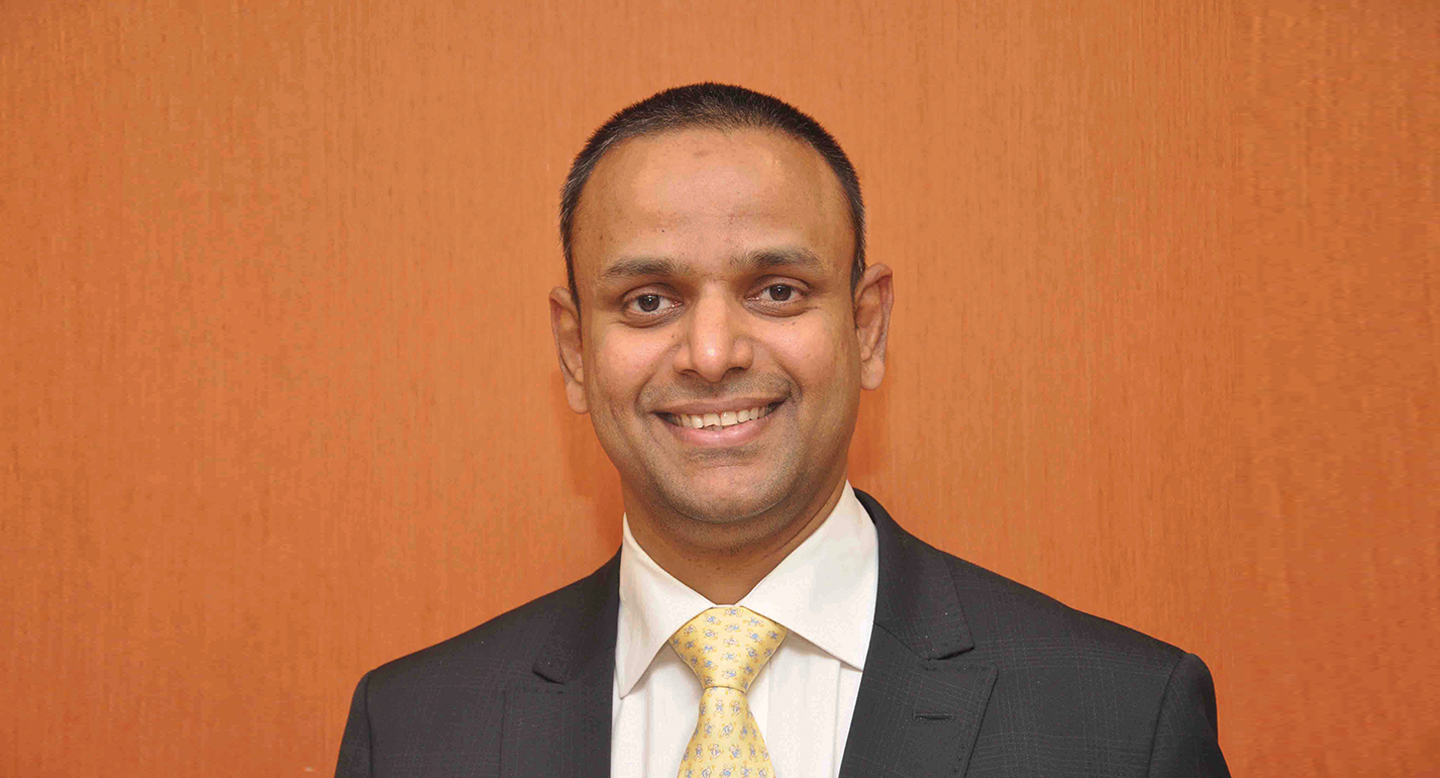POORNIMA KAVLEKAR
Sundar Raman, COO of Indian Premier League (IPL) and CEO of Champions League T20, has created a new genre of content – entertainment through cricket. He also leads BCCI’s digital initiative that furthers cricket’s reach to hundreds of millions of fans every day. A postgraduate in advertising and communications management and a graduate in applied sciences, he has led the strategic media thinking of brands such as Unilever, PepsiCo, Motorola, Samsung and Amex during his 13-year association with the WPP Group in India. An enthusiastic golfer, avid traveler and a fan of biographies, Sundar Raman shares with us his experience as he talks about his six-year journey in the IPL.
Can you describe your typical day when the IPL season is happening and when the tournament is not happening?
When the IPL is on, I try and visit all the venues, at least for the first two to three games, to do the operational review and to see if things are running smoothly. It’s also a chance for me to meet with the teams, franchisees and management. My work involves preparing the marketing plan for the onward matches, looking at the production and seeing what we can do better, continually. I talk to the producers, the commentators, spend time with match referees and the umpires to understand what we can do better to make their job easier and the tournament, even more tight. This is the kind of daily routine that is followed at the early part of the tournament. As the middle approaches, I start preparing for the end of the tournament – thinking about the play offs and making preparations that are required for the same.
When the tournament is not happening, my routine is thinking about regulations, how we can make the next season of IPL better, meeting with the sponsors, doing a post-season review, preparing the schedule, going through the iterations, looking at various agreements and figuring out newer relations to forge and so on.
What were the challenges you faced when you had to organise the first IPL? And how have things eased up in the last six years?
Most of the stuff we figured out along the course of the six editions of IPL has now been put on autopilot. A lot of what we learnt in the first season has now become by rote for us now – ensuring venues are prepared, keeping teams comfortable and so on. We are better prepared now than what we were in the first few editions. From the standpoint of the season, every year, we have challenges. In 2011, we had two new franchisees; in 2013 we have another new franchise. It takes time for franchisees to get up and running.
What would you say are the critical success factors to make IPL, as a brand, concept and a commercial entity, successful over the long term?
It would be the emerging talent who gain recognition during the IPL and go on to represent their countries, especially India. Also, newer audiences watching the game especially women and children, both in the stadia and on broadcast platforms. Of course, there’s the growing fan loyalty towards teams.
Where do you see the IPL 10 years from now?
T20 is at the edge of cricket and IPL is at the edge of T20. It will feature the best cricketers from across the planet and it will continue to serve as a platform and provide opportunity for players to step up. Its association with dynamism will also endure and you might well see many a new idea or innovation, which will eventually become a norm in the game of cricket. We hope to have participation from players from a lot more countries, both test playing and affiliate. We see more local and global brands coming in to ride the massive advertising platform of IPL. Most importantly, we would like to see IPL getting the next few generations interested in cricket – both to play and watch.
What are the marketing lessons that a corporate can learn from IPL’s marketing strategies?
If you talk of marketing lessons, they are: have belief in your product, leave no stone unturned, execute with passionate commitment, believe in your idea, take criticism along the way as much as the credit. It is important, from a marketing standpoint, to continuously reinvent in your own mind. You have to be ahead of the game in terms of what the consumer needs are. Discover new spaces. Social media is something we are gung-ho about and are pursuing actively and aggressively on our broadcast. Those are the kind of things that you need to be on the edge at all times, otherwise you will be seen as something that was good, once upon a time.
